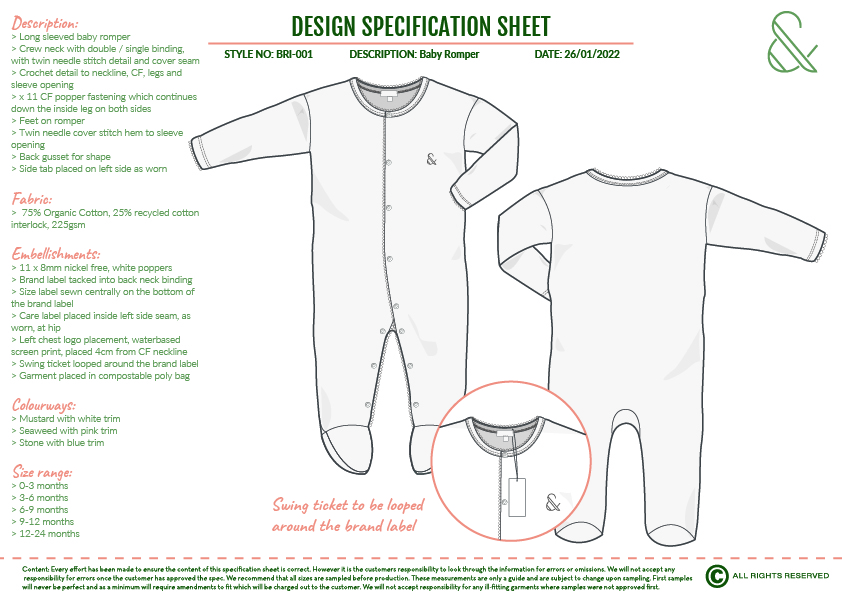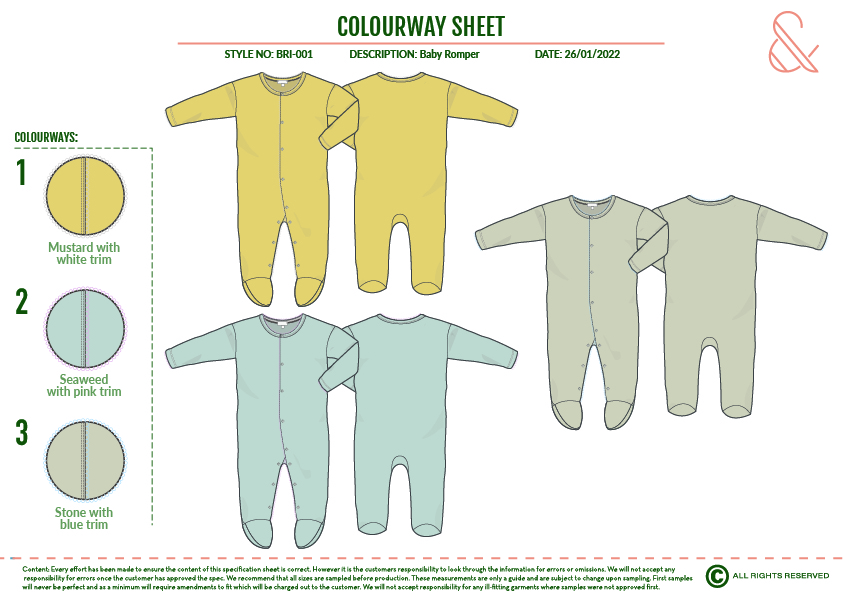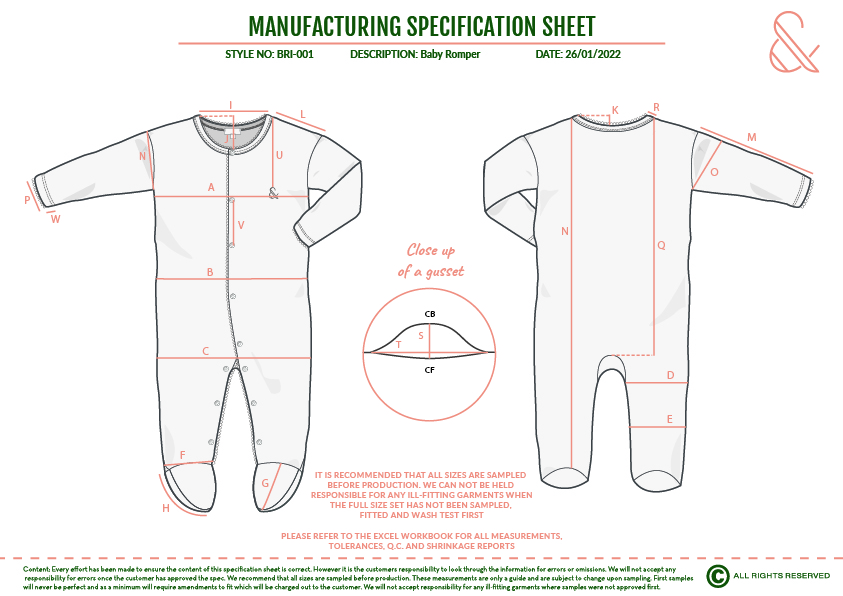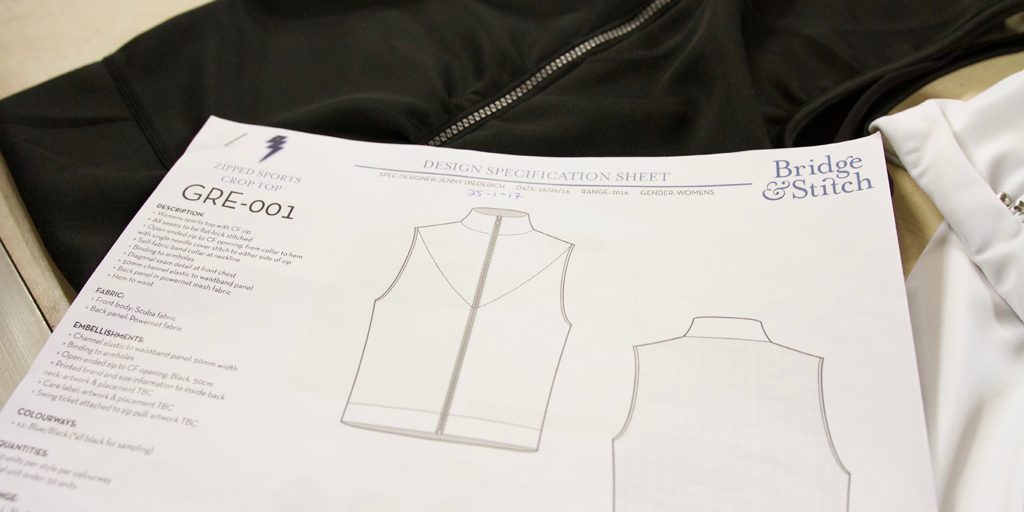Are you venturing into the world of designing and producing your own clothing collection? If so, the first step in the process is to turn your ideas and sketches into fully formed designs. Designs are produced using CAD – Computer Aided Design often using Adobe Illustrator
The main pitfalls when designing clothes
- Remember to consider the back of the garment. It is just as important as the front!
- Consider how the wearer is going to get the garment on – you may need to add zips, buttons or other closures.
- Where will the seam’s go? It isn’t always possible to add prints or other elements over a seam.
- Don’t forget costs! The general rule is the more complex and more embellishments on a garment, the higher the cost. Sometimes less is more.
- Avoid copying a garment that is already on the market – create your own styles – be innovative and creative.
- Design garments for 6-12 months time to allow enough time for development, sampling and production.
- Be clear on who your target customer is and what your target retail prices are before you start designing, so that you have the end customer in mind at all times.
- Consider paying for trend and colour research so that you know your colour choices and styles are aligned to future trends.

What does a good tech pack include?
- A front and back view of the full garment
- Close up’s of complex areas due to construction methods or other features
- Description of the garment and the construction of every element of the garment
- Include a list of trims, materials and embellishments
- The sizes in the range and the colourways
- A colourway sheet with all colours and any references such as pantone reference numbers.
- A POM (Points of Measure)
- Master size measurements plus the grading increments and sizing charts for all sizes within the range. This is sometimes on a separate Microsoft Excel sheet (or similar).
- Artwork related to the garment e.g. prints, brand labels, swing tickets, care labels, embroidery, custom aglets or buttons etc.

Colourway Sheet Example
The most important part…
Tech pack’s must be easy to read so that you could send the tech pack to three different factories, anywhere in the world, and get exactly the same garment back from each of them. Measurements, either on the tech pack or in a separate accompanying document, become the Bible in the fashion world for quality control. The document should therefore allow quality control to happen during each sampling phase, through sample size sets and production. Any changes to the design or the measurements should be documented to show the journey of the garment from start to finish.

Points of Measure (POM)
For further information on design, click here







